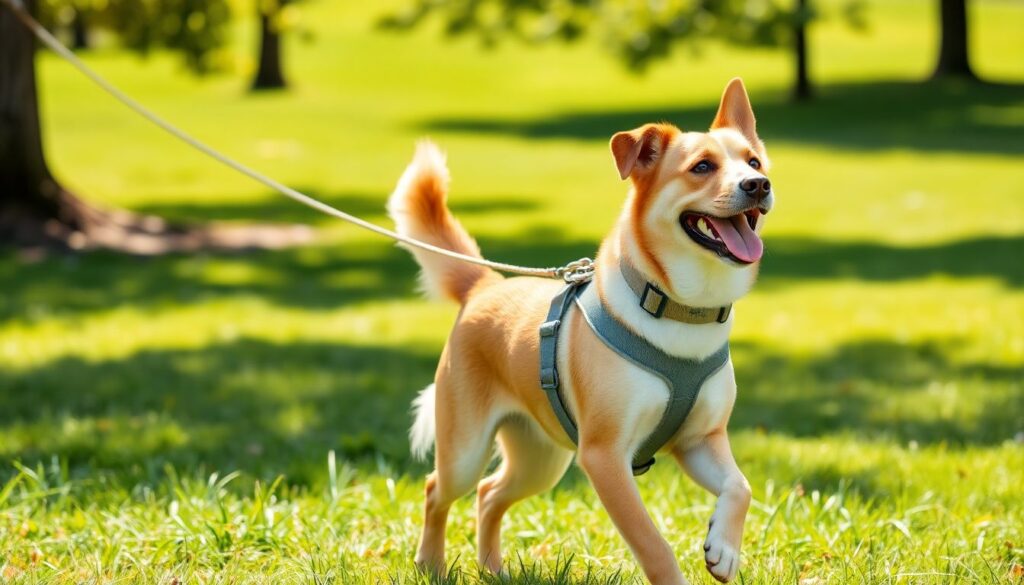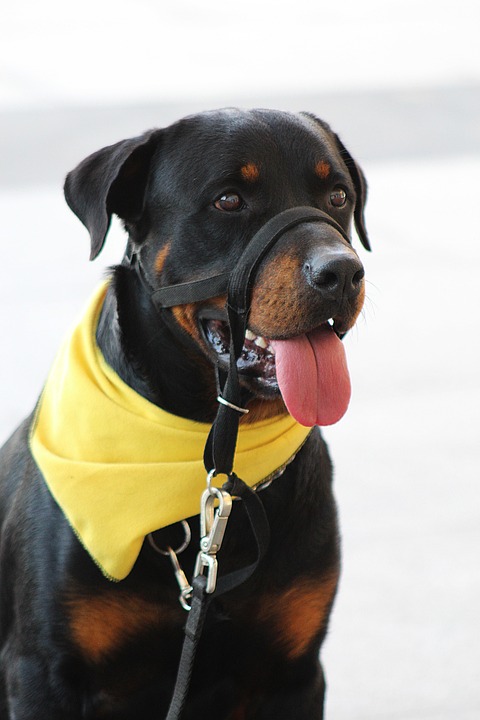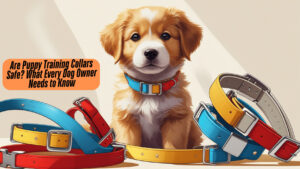Leash Training Made Easy: Stop Your Dog’s Pulling and Lunging
The joy of walking your dog can quickly turn sour if your furry friend pulls and lunges. Many pet owners face this challenge, making walks feel more like a wrestling match. Understanding how to train your dog can bring harmony back to your strolls.
The Frustration of Leash Pulling and the Path to a Harmonious Walk
The Prevalence of Leash Pulling: Statistics on Dog Behavior Problems
Statistics show that up to 60% of dog owners struggle with leash pulling. This common issue often leads to frustration for both the owner and the dog. Learning effective training methods can significantly reduce these behavioral challenges.
The Impact of Pulling and Lunging: Safety Concerns and Relationship Strain
Pulling and lunging can cause safety risks. An unpredictable dog may dash into traffic or lunge at other animals or people, leading to dangerous situations. Furthermore, these behaviors can strain the bond between owner and pet, making enjoyable walks feel stressful and chaotic.
Setting Expectations: A Realistic Approach to Leash Training
Leash training requires time, patience, and realistic expectations. Recognize that setbacks may happen. Celebrate small victories on the road to improvement, as consistent effort yields lasting change.
Understanding the Root Causes of Pulling and Lunging
Underlying Anxiety and Fear: Identifying Triggers
Many dogs pull because of anxiety or fear. Loud noises, unfamiliar places, or even other pets can trigger these behaviors. Observing your dog’s reactions helps pinpoint specific triggers.
Excitement and Over-Stimulation: Managing Energetic Dogs
Some dogs pull due to excitement or over-stimulation. They may rush toward other dogs or squirrels, eager to play. Understanding your dog’s energy level allows you to manage these moments effectively.
Lack of Training and Clear Communication: The Importance of Consistency
A lack of consistent training can lead to confusion for your dog. Clear communication helps your pet understand what’s expected. Consistency in commands during walks builds a solid foundation for good behavior.

Equipment Essentials for Successful Leash Training
Harness vs. Collar: Choosing the Right Gear for Your Dog
Choosing the right equipment is crucial. Harnesses can be gentler on your dog and reduce pulling. Collars may restrict movement, causing stress. Assess your dog’s behavior and comfort to make the best choice.
Leash Types: Exploring Options for Different Training Styles
Select a suitable leash type that fits your training needs:
- Standard Leash: Good for basic control.
- Retractable Leash: Allows for freedom but may encourage pulling.
Experiment with different leashes to find what works best for you and your dog.
Additional Tools: Head Halters, Gentle Leaders, and Their Appropriate Use
Tools like head halters or gentle leaders can help prevent pulling. These tools guide your dog’s head, allowing for better control. Introduce them gradually to ensure your dog feels comfortable.
Positive Reinforcement Training Techniques
Reward-Based Methods: Using Treats and Praise Effectively
Positive reinforcement creates a happier training environment. Use treats and praise to reward good behavior. This encourages your dog to repeat those actions. Start with basic commands and build up to more complex training.
Timing and Consistency: The Key Elements of Success
Timing is vital in training. Reward your dog immediately for a job well done. This connection helps them understand what action led to the reward. Be consistent with commands and treats, creating a predictable routine.
Dealing with Distractions: Gradual Exposure and Desensitization
When training, distractions are inevitable. Gradually expose your dog to different environments. Start in a quiet place and slowly introduce more distractions. This technique helps your dog adjust and remain focused.
Addressing Specific Pulling and Lunging Behaviors
Stopping Pulling: Techniques for Immediate Correction and Prevention
To stop pulling, use techniques like:
- Stop and Stand Still: When your dog pulls, stop walking until they return to your side.
- Change Direction: Redirect your course when they pull, encouraging them to pay attention to you.
Managing Lunging: Identifying Triggers and Implementing Safe Strategies
To manage lunging, identify what causes the behavior. If your dog lunges at other dogs, take a step back and create distance. Gradually expose your dog to triggers in a controlled manner.
Combining Techniques: A Holistic Approach for Lasting Results
Combining different training techniques can create a well-rounded approach. Use a mix of positive reinforcement, equipment adjustments, and gradual exposure to help your dog learn effectively.
Maintaining Progress and Avoiding Setbacks
Consistency is Key: The Importance of Regular Practice
Regular practice is essential for maintaining progress. Schedule daily walks to reinforce training. Consistent routines help solidify your dog’s learning.
Dealing with Regression: Identifying Causes and Re-establishing Training
If regression occurs, don’t panic. Identify any changes in your dog’s environment or routine that may have influenced behavior. Re-establish training methods to get back on track.
Seeking Professional Help: When to Consult a Certified Dog Trainer
If challenges persist, consider consulting a professional dog trainer. They can provide tailored strategies suited to your dog’s needs. A trainer’s expertise can accelerate the training process.
Conclusion: Enjoy Harmonious Walks with Your Well-Trained Canine Companion
Key Takeaways: Recap of Essential Training Principles and Techniques
Leash training involves understanding your dog, choosing the right equipment, and applying positive reinforcement. Consistency and patience are crucial for success.
Long-Term Benefits: A Stronger Bond and Improved Dog-Owner Relationship
Achieving a well-trained dog leads to enjoyable walks, reduced stress, and a strengthened bond between you and your pet. See your dog transform into a more obedient and happy companion.
Resources: Links to Relevant Articles, Books, and Training Organizations
For further reading, consider checking out books and articles from trusted animal behaviorists. Resources like the Association of Professional Dog Trainers can provide valuable information and support.




